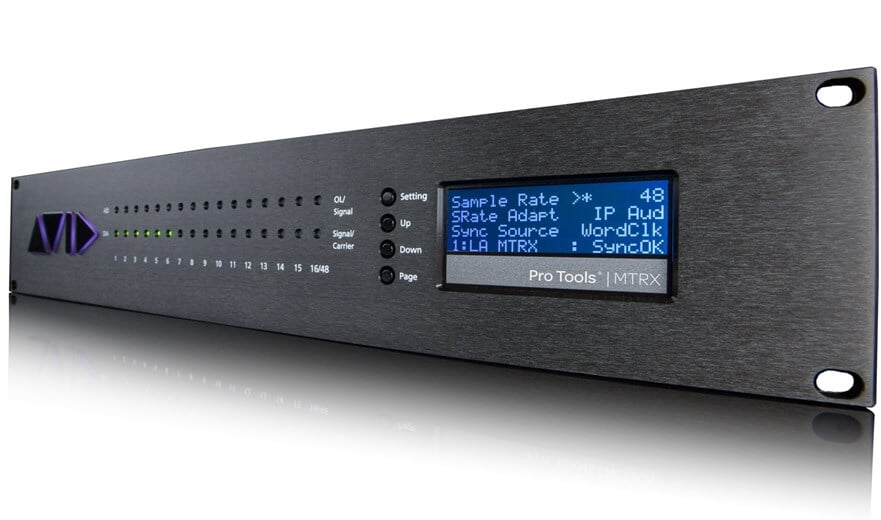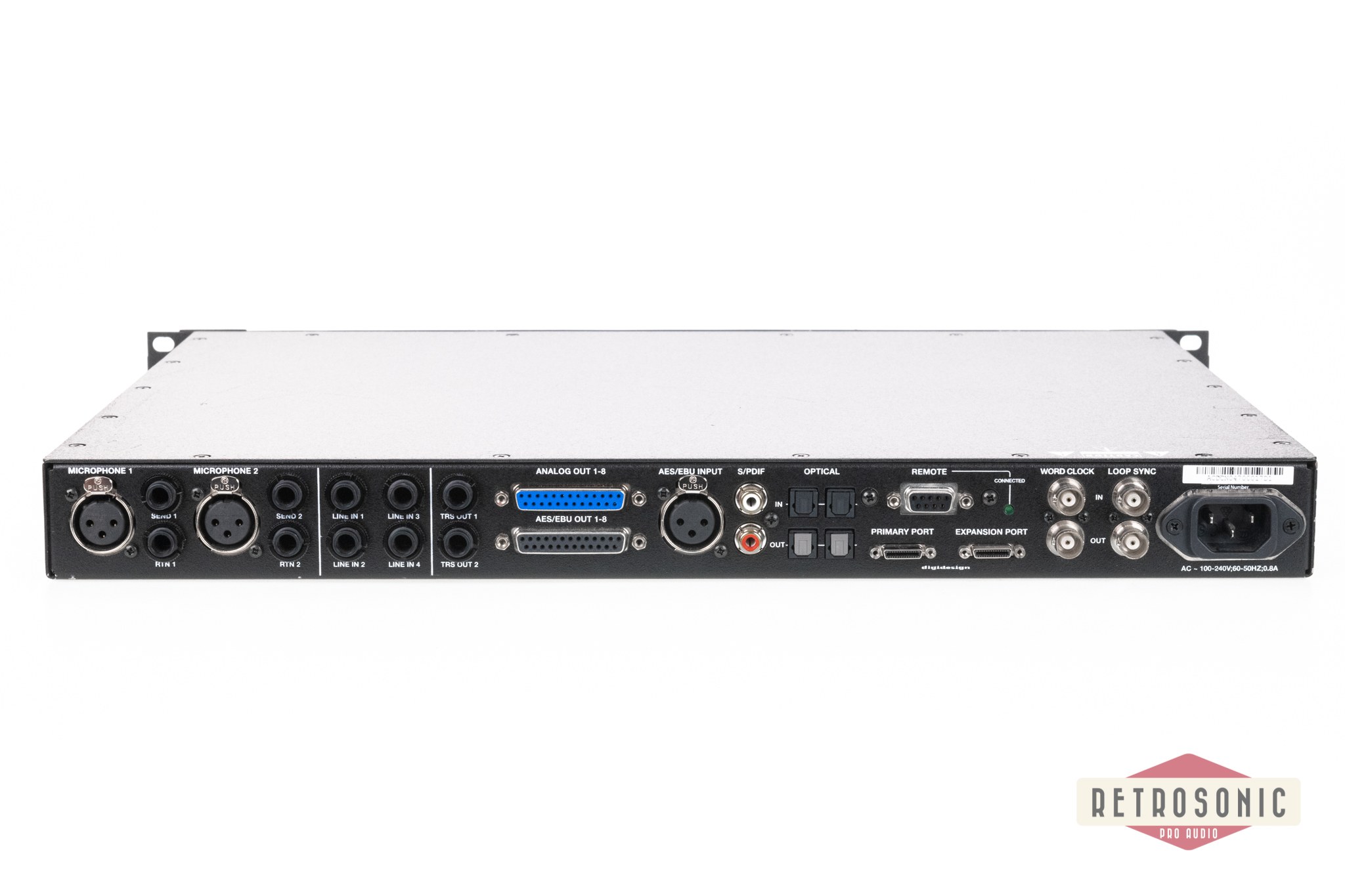
In either case, the Apollo's Clock Source can be set either via the CLOCK menu at the bottom of the main Console window or via the CLOCK SOURCE menu at Console > Settings > Hardware. In this scenario, the OMNI is used as the master clock. For this option, leave the Apollo's Clock Source set to INTERNAL via Console, and set the OMNI to clock off of the incoming ADAT signal.Īnother option is to connect a BNC word clock cable from the OMNI's word clock output to the Apollo's word clock input, and set the Apollo's Clock Source to WORD CLOCK via Console. One option is to use the Apollo as the master clock and sync the OMNI to the incoming ADAT signal from the Apollo. The next step is to address clocking between the two interfaces. Re-assigning the OUTPUT via Flex Routing in Console 2 Repeat the process for any additional channels you want to use, assigning each output to the next available ADAT channel. Click on the OUTPUT field for ANALOG 1 (set to MONITOR by default) and re-assign the output to ADAT 1. Next we'll route the Apollo's analog inputs to it's ADAT outputs using the Flex Routing feature in Console.

Recommended connections and signal flow for a combined PTHD / Apollo system

Note: While the diagram below shows XLR / microphone inputs being used, the 1/4" TRS line inputs (or a combination of TRS and XLR inputs) can also be used in this configuration. At 2x sample rates (88.2 / 96kHz) two optical cables are required to maintain 8 channels of streaming, and at 4x sample rates (176.4 / 192kHz) only 4 channels are available. Next, connect an optical Toslink cable from the ADAT output of the Apollo to the ADAT input of the OMNI.

Next, connect the Apollo directly to your host computer either via FireWire or Thunderbolt depending on the connections available on both the computer and your Apollo - this direct connection will provide control of the Apollo via Console.
#AVID PRO TOOLS HDX HD OMNI INSTALL#
The directions and diagram below refer to the Avid HD OMNI, however this setup will work with any PTHD interface that features optical ADAT input.įirst, install and connect your Avid HD OMNI and Avid HD Native / HDX hardware as you normally would. Integrating an Apollo interface with your existing PTHD hardware only requires a few additional connections. Note: This article only applies to an Apollo FireWire, Apollo 8, or Apollo 8p, as an optical ADAT output is required for the described setup.Īlready own Pro Tools HD hardware but want to utilize an Apollo interface to gain access to Realtime UAD Processing and Unison plug-in features? This article will guide you through the process of setting up and using an Apollo interface as the front end for a PTHD system.


 0 kommentar(er)
0 kommentar(er)
